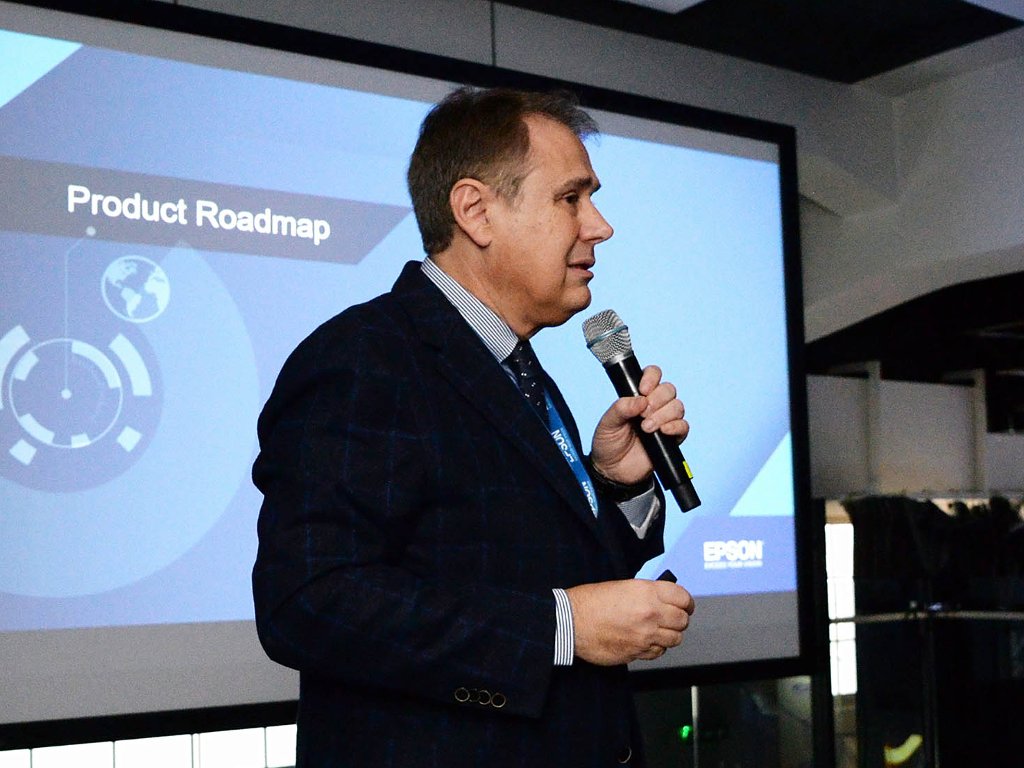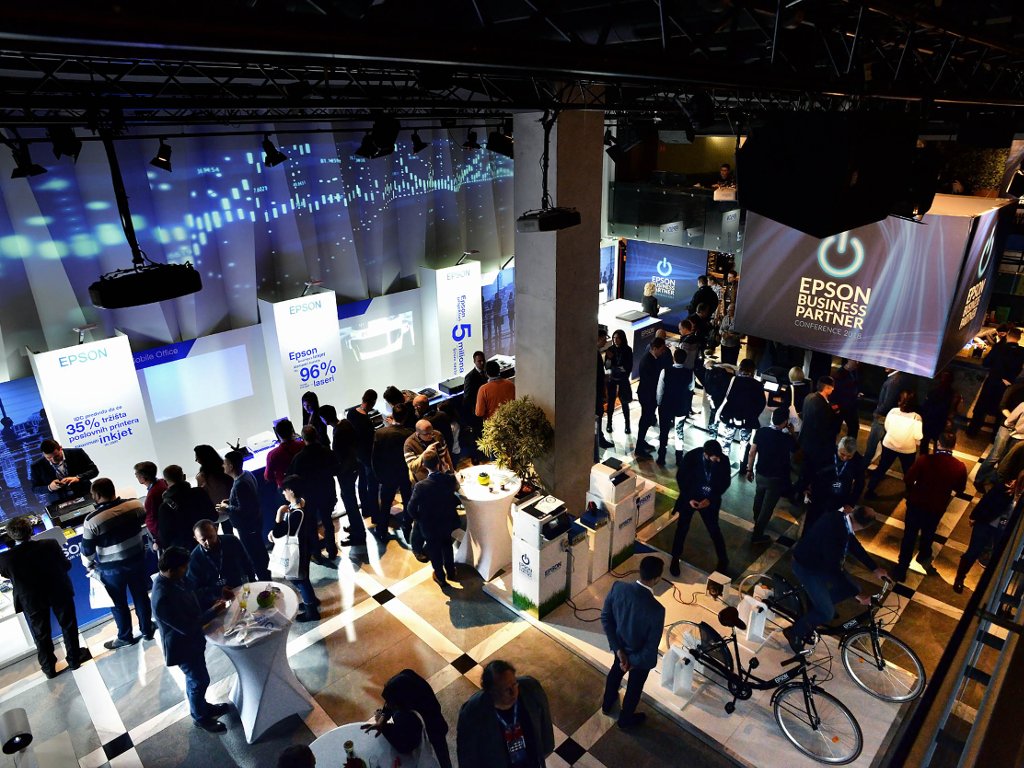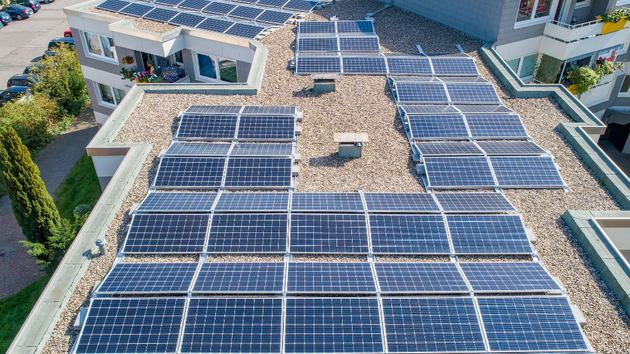Massimo Pizzocri, Vice President for Central and Eastern Europe at EPSON – Inkjet technology is the future of printing
 Monday, 03.12.2018.
Monday, 03.12.2018.
 10:06
10:06

This is how Massimo Pizzocri, EPSON's director for Italy and vice president for Central and Eastern Europe, describes the current trends and business opportunities in the printing industry. In his interview with eKapija, he says that, although we live in a digital age, in which paper is used increasingly less, paper documents have not gone away entirely, and the need for printing has changed only a little.
– When it comes to the printing market, we agree that it won't grow, but the figures pertaining to Europe are interesting. For example, each year, around a trillion pages are printed out in offices, and the printing business is worth around EUR 39 million! We are realistic and we don't believe that the total number of printed pages will grow, primarily due to the digitalization, despite the fact that the amount of data is growing. On the contrary, we believe that it is reasonable to expect a market drop of around 3-4% a year – Pizzocri says.
eKapija: How do you explain your position that the future of printing is in the inkjet technology?
– A simple comparison with laser printing in key elements leads to this conclusion – it is cheaper to make an inkjet device, the raw materials are cheaper, so is the logistics, and they are also more reliable than laser printers, requiring far fewer interventions. Of course, we are not the only company that believes in inkjet. If you look at the compatible branches, such as industrial textile printing, for example, they are also moving toward inkjet, as it is the most flexible technology which can be used to print on any surface, without contact. I therefore believe that there's no doubt that inkjet is the future of printing, and the challenge for us is to be leaders in this sector.
I believe that we are positioned well and we are currently venturing into the color printing market with our A3 and A4 models. About a month ago, we also made a monochromatic printer. We expect EPSON to have a 10-20% market share in the next five years.
eKapija: How does EPSON plan to upgrade its business and take an additional piece of the market?
– We want to change three things in the industry. The first one pertains to sales channels, that is, partners. Since we are developing a technology that requires much fewer interventions and much less technical support, the first thing we will change is the machine service and maintenance frequency. We secure 6-7 times fewer interventions for machines which print out five million pages in their lifespan. Our partners and sellers therefore have a more sustainable business and require fewer technicians.
The second key change concerns the logistics. After you print 100,000 pages each 5-6 months, you need new toner palettes. This requires boxes for packing, transport, time, additional office work and financial costs. We have a different technology and our printers only require one small box. We thereby change the logistics entirely and reduce the costs.
The third element is the fact that our technology is much cleaner. We use less energy, by as much as 90%, and we produce 90% less waste, all of which makes for an entirely different total effect of our devices.
eKapija: How do you rate the operations in the Serbian market and your cooperation with local partners? What are the company's plans for the upcoming period?
– We are quite satisfied with our operations in Serbia and the local cooperation. We are already cooperating with plenty of local distributors and system integrators and I believe that the more difficult part of the job will be to convince our partners to “bet on us” in the sector of office printing as well. This is not a question of product sales, but a matter of choosing who to do projects with for banks, governments, insurance companies...

As for the planned growth, we want to raise our revenues in the European market to
EUR 300 million a year in the next few years, EUR 250 million will come from office printing. In the CEE region, which I am in charge with, our revenues currently amount to EUR 180 million, and we plan to reach the amount of EUR 250 million. In order to realize that goal, we intend to bring several more key people to Serbia, and we have already opened an office at the Usce Business Center this year. As for 2019, we plan to employ another 4-5 people as technical support, which will help our partners grow together with us.
eKapija: In addition to printers and projectors, for which EPSON is perhaps best known in Serbia, you also have big plans in the sectors of robotics and automatization?
– As a Japanese company with 150 factories and 50,000 patents, we invest USD 1.5 million in our research and development (R&D) sector each day. That's why it's important to us to discover not just the next opportunity, which, in this case, is office printing, but also the next several ones. The medium-term planning in EPSON pertains to 10-15-year periods, and R&D also plans for up to 20 years, so the strategy we are now working on is for 2050.
After office printing, the next opportunity is certainly industrial printing and then the industry, for which we will be developing one of our next major technologies – robotics. Another important technology will be 3D printing – the automatization and the generation of components integrated in the production. That is what we plan to do, as we believe that, in the future, the industry will require great flexibility.
Marko Andrejic
Most Important News
06.04.2024. | Agriculture
Preconditions for Placement of Fresh Blueberries and Dried Plums in Chinese Market Secured

16.04.2024. | News
Jovan Ciric, Leasing Director Retail MPC Properties – MPC Echo symbolizes our desire for good ideas and innovative endeavors to spread freely and bring about positive changes

16.04.2024. | News
10.04.2024. | Finance, IT, Telecommunications, Tourism, Sports, Culture
Creative Industry – What This Serbian Economy Sector Worth EUR 2 Billion Encompasses

10.04.2024. | Finance, IT, Telecommunications, Tourism, Sports, Culture
17.04.2024. | Industry, Construction, Transport, Finance
Feka Automotive to build energy-efficient production facility – EBRD approves EUR 15 million

17.04.2024. | Industry, Construction, Transport, Finance
16.04.2024. | News
Economy Fair in Mostar opens – 26 companies from Serbia exhibiting

16.04.2024. | News
16.04.2024. | News
Polish chain Zabka to come to Serbia?

16.04.2024. | News


 Izdanje Srbija
Izdanje Srbija Serbische Ausgabe
Serbische Ausgabe Izdanje BiH
Izdanje BiH Izdanje Crna Gora
Izdanje Crna Gora


 News
News






